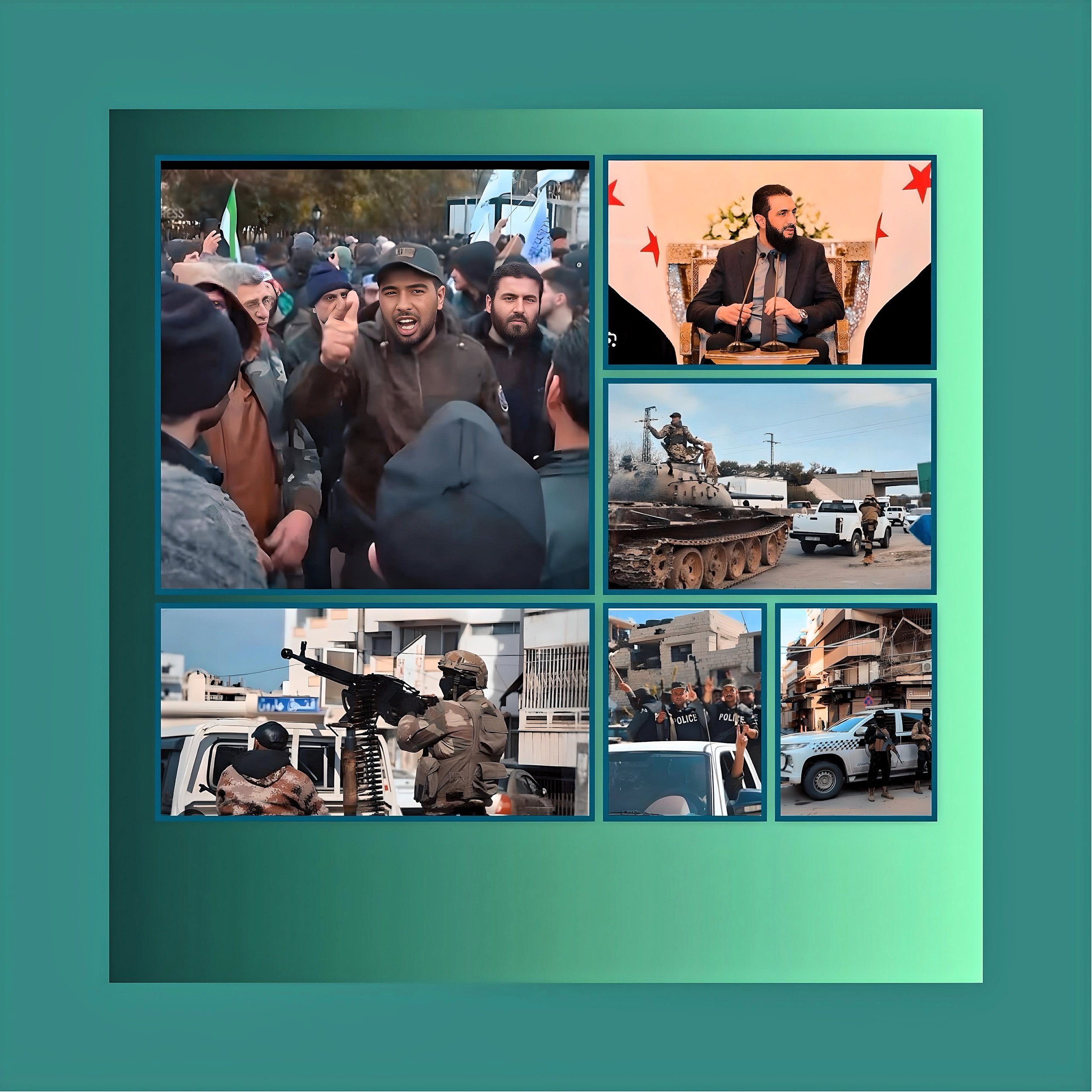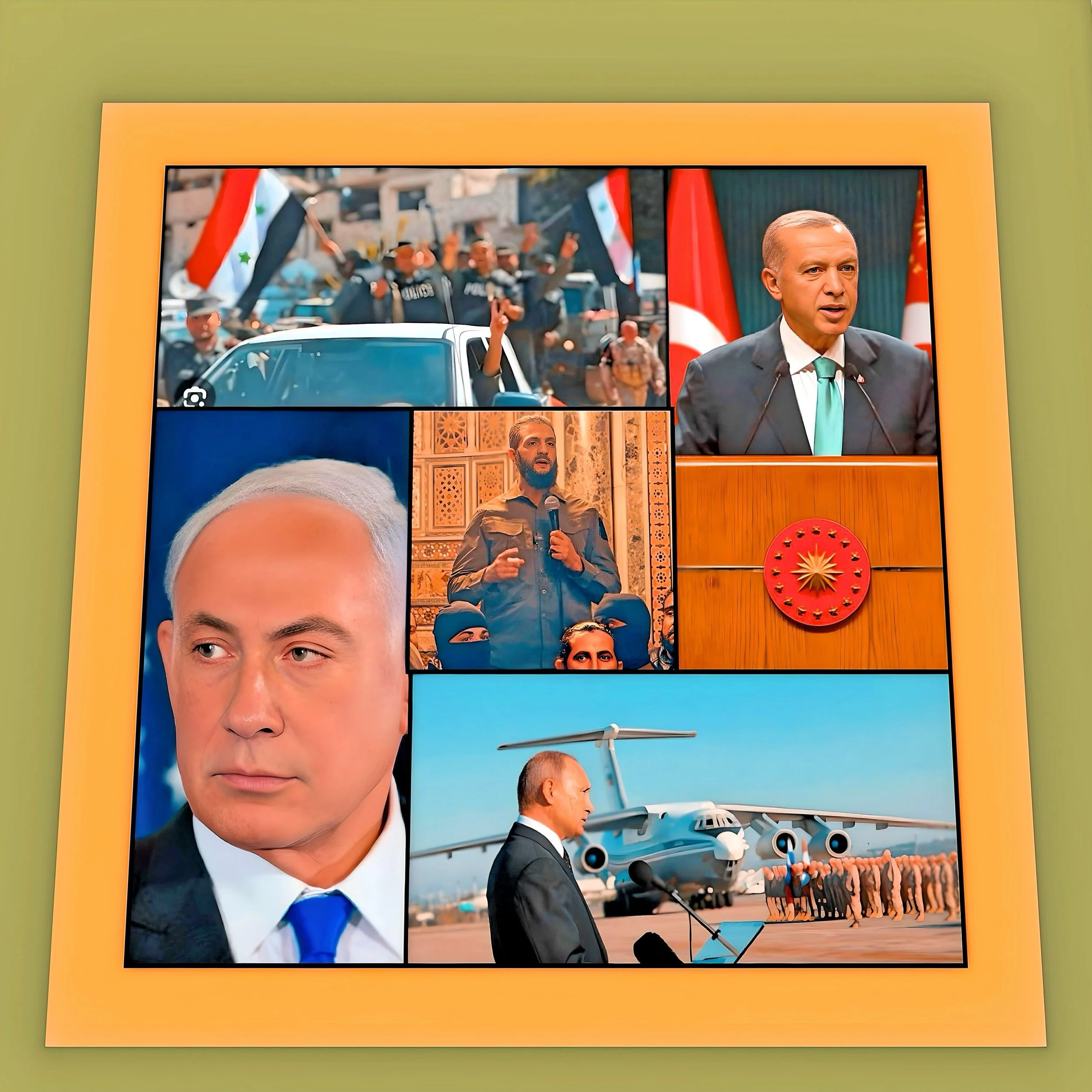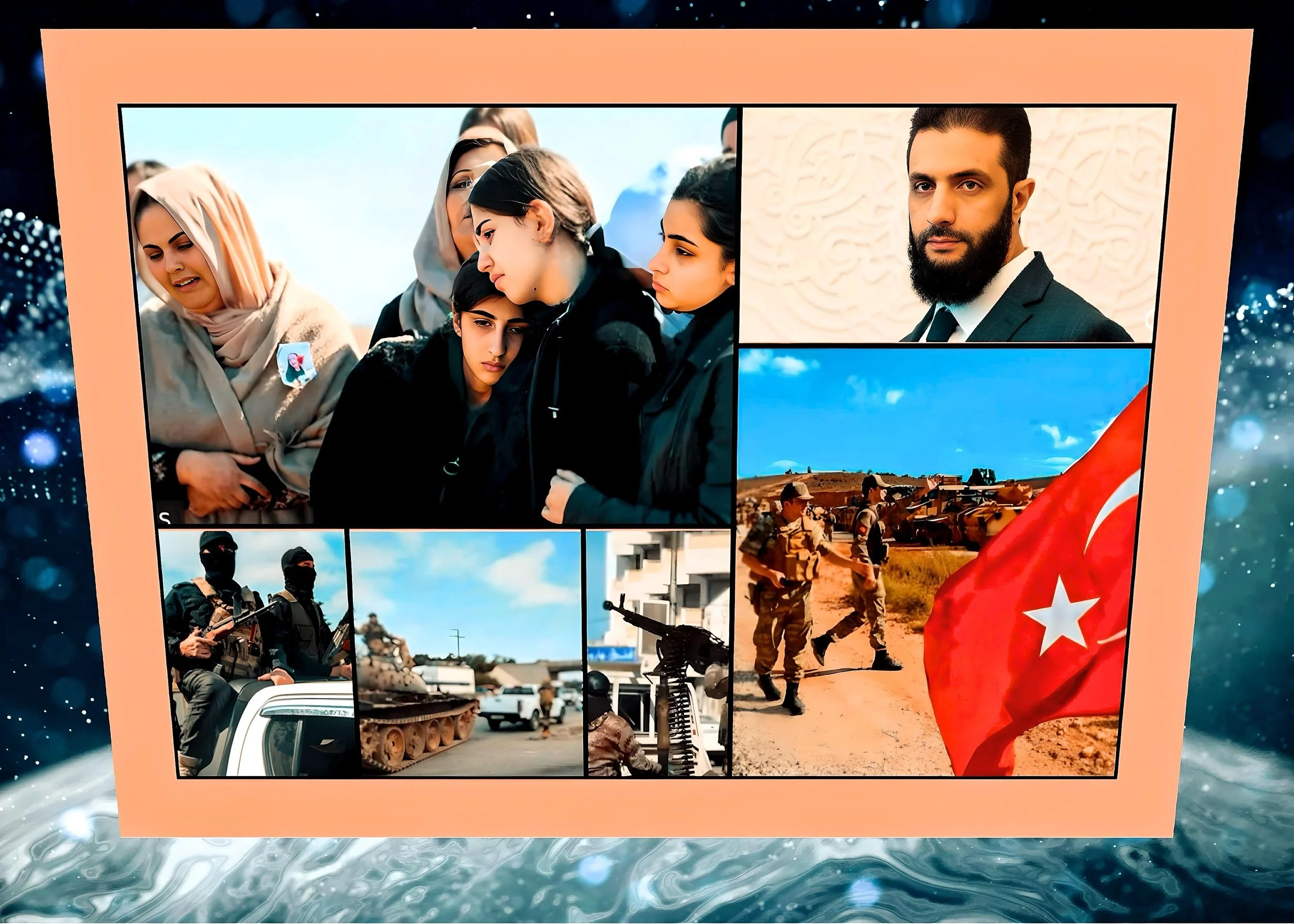What role does General Suheil al-Hassan- The Tiger - play in the current conflict in Syria
Introduction
The coastal clashes in Latakia province, which erupted on March 6–7, 2025, have solidified General Suheil al-Hassan’s position as the central architect of resistance against Syria’s interim government.
Once a linchpin of Bashar al-Assad’s military apparatus, al-Hassan has reemerged as an insurgent leader leveraging sectarian grievances, asymmetric tactics, and residual regime networks to destabilize Ahmed al-Sharaa’s administration.
His transformation from Assad’s “Tiger” to the spearhead of a coastal insurgency underscores the fragility of Syria’s post-conflict transition and the enduring influence of militarized loyalism.
Historical Context: From Regime Stalwart to Insurgent Commander
Rise Under Assad and Strategic Rivalries
Al-Hassan’s military career began in the Syrian Arab Air Force, where he rose to command the Tiger Forces (later renamed the 25th Special Tasks Division), an elite unit instrumental in recapturing key territories during the civil war.
His reputation for ruthlessness—epitomized by the indiscriminate use of barrel bombs in Aleppo—earned him international sanctions but cemented his status as a regime loyalist.
However, internal rivalries within Assad’s military hierarchy weakened his position. In 2024, he was sidelined by pro-Iranian commanders like Maj. Gen. Saleh al-Abdullah, who assumed control of Aleppo’s defense lines with Russian backing.
This marginalization, coupled with Assad’s ouster in December 2024, forced al-Hassan to retreat to his Alawite stronghold of Beit Ana in Latakia, where he began regrouping remnants of the Fourth Armored Division and Republican Guard.
Sectarian Mobilization in the Alawite Heartland
Al-Hassan’s insurgency draws legitimacy from fears of Alawite marginalization under the Sunni-dominated Hayat Tahrir al-Sham (HTS) government.
The interim administration’s security campaigns—targeting former regime officials in Latakia and Tartus—have been perceived as sectarian purges, with the Alawite Islamic Council accusing Damascus of “bombarding civilian homes.”
By framing his resistance as a defense of communal survival, al-Hassan has mobilized local sympathizers and former soldiers, establishing the Coastal Shield Regiment as a formal insurgent structure. This strategy mirrors his civil war playbook, where Alawite-dominated units were deployed to crush opposition forces but now emphasizes communal protection over regime restoration.
Tactical Playbook: Asymmetric Warfare and Psychological Operations
Ambushes and Territorial Disruption
The March 2025 clashes in Jableh and Beit Ana exemplify al-Hassan’s shift to asymmetric tactics.
Pro-Assad fighters ambushed security checkpoints using mountainous terrain and cached weapons, killing 28 security personnel in 48 hours. These attacks aim to erode state authority while avoiding confrontations with HTS’s superior firepower.
By infiltrating urban centers like Qardaha (Assad’s hometown), al-Hassan’s forces complicate counterinsurgency operations, forcing the interim government to divert resources from governance to military containment.
Exploiting Governance Gaps
The interim government’s fractured security apparatus has enabled al-Hassan to exploit intelligence and communication failures.
During the Jableh ambush, conflicting orders from Damascus—some units were told to withdraw while others held ground—created chaos reminiscent of Assad’s final days.
Al-Hassan’s familiarity with Syrian military protocols allows him to anticipate and disrupt command structures, as seen in the hacking of army communications during the Hama retreats.
Psychological Warfare
Al-Hassan’s forces have weaponized misinformation to undermine public confidence in al-Sharaa’s administration.
False claims of HTS retreats circulated widely during the Latakia clashes, prompting civilian panic and complicating government efforts to project stability.
This tactic, honed during the civil war, seeks to fracture the social contract between Damascus and Syria’s minorities.
Regional Dimensions and External Backing
Russian Ambivalence and Iranian Calculations
Al-Hassan’s historical alignment with Russia distinguishes him from Iran-aligned commanders like Maher al-Assad.
During the civil war, he advocated for Moscow’s primacy in reconstruction efforts, positioning himself as a counterweight to Iranian influence.
Though Russia now engages al-Sharaa’s government, analysts speculate that tacit support for al-Hassan—through intelligence sharing or arms smuggling—provides leverage to shape Syria’s political trajectory.
Conversely, Iran’s silence on the insurgency reflects pragmatism; Hezbollah has avoided overt involvement, likely to avoid jeopardizing its growing ties with Gulf states.
The Council’s calls for UN intervention highlight the insurgency’s sectarian dimensions.
While no state openly backs al-Hassan, cross-border support from Alawite communities in Lebanon and Iraq—including weapon transfers via Shia militias—sustains his operations.
This transnational solidarity contrasts with the civil war era, where Assad relied on state actors like Russia and Iran, and underscores the localized nature of post-Assad conflicts.
Strategic Objectives and Challenges
Destabilizing the Interim Government
Al-Hassan’s immediate goal is to delegitimize al-Sharaa’s administration by exposing its security vulnerabilities.
The Latakia clashes—the deadliest since Assad’s fall—have forced Damascus to impose curfews and deploy reinforcements, diverting attention from economic reforms and international diplomacy.
By provoking heavy-handed responses, such as helicopter strikes on Beit Ana, al-Hassan amplifies narratives of sectarian repression, further alienating Alawite communities.
Negotiating Political Relevance
In the long duration, al-Hassan seeks to position himself as the Alawite community’s indispensable protector, leveraging instability to extract concessions. His demands likely include amnesty for former regime figures, Alawite representation in governance, and autonomy for coastal provinces.
However, the interim government’s transitional justice committee—focused on prosecuting Assad-era crimes—leaves little room for compromise.
Humanitarian and Regional Risks
The insurgency’s human cost is staggering: over 70 deaths in three days, 5,000 displaced civilians, and allegations of HTS reprisals against Alawite non-combatants.
Escalation risks drawing in regional stakeholders; Saudi Arabia and Turkey have already condemned the violence, while Israel monitors al-Hassan’s potential to destabilize the Golan Heights.
Conclusion: A Litmus Test for Post-Conflict Syria
General Suheil al-Hassan’s insurgency encapsulates the challenges of transitioning from authoritarian rule to inclusive governance.
His ability to exploit sectarian grievances, governance vacuums, and geopolitical rivalries poses an existential threat to Syria’s fragile political order.
For al-Sharaa, neutralizing this threat requires balancing military resolve with political outreach to Alawite communities—a task complicated by HTS’s Islamist roots and international skepticism.
As regional powers recalibrate their stakes in Syria, al-Hassan’s fate will signal whether the nation can transcend its legacy of warlordism or remain ensnared in the shadow of its former regime.






